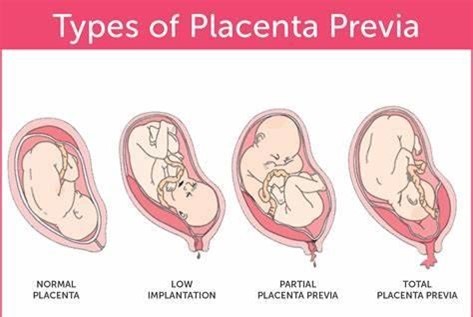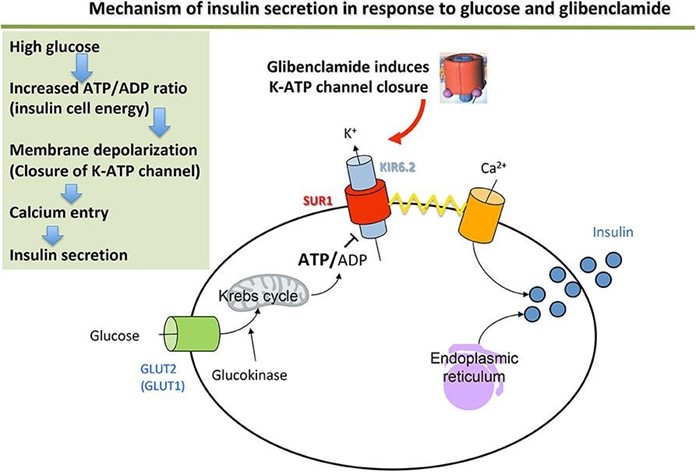Which condition seen in the postpartum period is likely to require careful medical assessment?
Headaches
Varicosities of the legs
Carpal tunnel syndrome
Periodic numbness and tingling of the fingers
The Correct Answer is A
Choice a) Headaches is correct because this is a condition that can indicate a serious problem in the postpartum period and may require careful medical assessment. Headaches are common in the first few weeks after giving birth, but they can also be a sign of complications such as preeclampsia, eclampsia, cerebral venous thrombosis, meningitis, or aneurysm. Preeclampsia and eclampsia are conditions that cause high blood pressure, proteinuria, and seizures in pregnant or postpartum women. Cerebral venous thrombosis is a blood clot in the brain that can cause stroke-like symptoms. Meningitis is an infection of the membranes that cover the brain and spinal cord. Aneurysm is a bulge or rupture in a blood vessel that can cause bleeding in the brain. These conditions can be life-threatening and require immediate treatment. Therefore, women who experience severe, persistent, or unusual headaches in the postpartum period should seek medical attention as soon as possible.
Choice b) Varicosities of the legs is incorrect because this is not a condition that usually requires careful medical assessment in the postpartum period. Varicosities are enlarged or swollen veins that appear blue or purple under the skin. They are common in pregnancy due to increased blood volume, hormonal changes, and pressure from the growing uterus. They usually improve after delivery, but may persist or worsen in some women. Varicosities are usually harmless and do not cause any symptoms, but they may cause cosmetic concerns, discomfort, itching, or bleeding. They can also increase the risk of superficial thrombophlebitis, which is inflammation of a vein near the skin surface. However, these complications are rare and mild, and can be managed with conservative measures such as compression stockings, elevation of the legs, exercise, and painkillers. Therefore, women who have varicosities of the legs in the postpartum period do not need to worry too much, unless they have signs of infection or deep vein thrombosis, which is a more serious condition that involves a blood clot in a deep vein that can travel to the lungs and cause pulmonary embolism.
Choice c) Carpal tunnel syndrome is incorrect because this is not a condition that typically requires careful medical assessment in the postpartum period. Carpal tunnel syndrome is a condition that causes numbness, tingling, pain, or weakness in the hand and wrist due to compression of the median nerve that runs through a narrow passage called the carpal tunnel. It can occur in pregnancy due to fluid retention, hormonal changes, or repetitive movements. It usually resolves after delivery, but may persist or recur in some women. Carpal tunnel syndrome is usually mild and does not cause any serious complications, but it may interfere with daily activities or quality of life. It can be treated with conservative measures such as splinting, icing, massage, stretching, or painkillers. In severe cases, surgery may be needed to release the pressure on the nerve. Therefore, women who have carpal tunnel syndrome in the postpartum period do not need to seek medical attention urgently, unless they have signs of nerve damage or infection.
Choice d) Periodic numbness and tingling of the fingers is incorrect because this is not a condition that generally requires careful medical assessment in the postpartum period. Periodic numbness and tingling of the fingers can be caused by various factors such as cold exposure, poor circulation, nerve compression, vitamin deficiency, or anxiety.
It can also occur in pregnancy due to fluid retention or hormonal changes. It usually goes away after delivery, but may linger or come back in some women. Periodic numbness and tingling of the fingers is usually harmless and does not indicate any serious problem, but it may cause discomfort or annoyance. It can be relieved with simple measures such as warming up, moving around, shaking out the hands, taking supplements, or relaxing. Therefore, women who experience periodic numbness and tingling of the fingers in the postpartum period do not need to worry too much, unless they have signs of infection or neurological disorder.

Nursing Test Bank
Naxlex Comprehensive Predictor Exams
Related Questions
Correct Answer is C
Explanation
Choice a) Have the parent fold the infant's arms across the chest is incorrect because this is not a helpful way to calm a preterm infant. Folding the arms across the chest can restrict the infant's breathing and movement, and may increase their stress and discomfort. Preterm infants need gentle and supportive touch, not restraint or pressure.
Choice b) Encourage the parent to place the infant back in the warmer is incorrect because this is not a necessary or beneficial action for a preterm infant who is showing signs of overstimulation. Placing the infant back in the warmer can interrupt the bonding and attachment process between the parent and the infant, and may make the infant feel more isolated and insecure. Preterm infants need close and frequent contact with their parents, not separation or detachment.
Choice c) Encourage the parent to do kangaroo care is correct because this is an effective and evidence-based method of soothing and stabilizing a preterm infant who is experiencing overstimulation. Kangaroo care is a technique where the parent holds the infant skin-to-skin on their chest, providing warmth, comfort, and security. Kangaroo care can reduce the infant's stress hormones, lower their heart rate and blood pressure, improve their oxygenation and breathing, enhance their growth and development, and strengthen their bond with their parent.
Choice d) Cover the infant with a warm bed blanket is incorrect because this is not a sufficient or optimal way to comfort a preterm infant who is displaying signs of overstimulation. Covering the infant with a warm bed blanket can provide some warmth and protection, but it does not offer the same benefits as kangaroo care. A warm bed blanket cannot mimic the parent's heartbeat, voice, smell, and movement, which are essential for the infant's emotional and physiological well-being. Preterm infants need human touch and interaction, not just physical warmth.
Correct Answer is B
Explanation
Choice a) Document the event in the nurses' notes is incorrect because this is not a priority action for a neonate who is showing signs of hypoglycemia. Hypoglycemia is a condition where the blood glucose level is lower than normal, which can cause neurological and metabolic problems in newborns. Neonates of diabetic mothers are at higher risk of developing hypoglycemia due to increased insulin production and decreased glycogen stores.
Documenting the event in the nurses' notes is an important step, but it should be done after assessing and treating the neonate's condition.
Choice b) Test for blood glucose level is correct because this is the most important action for a neonate who is exhibiting symptoms of hypoglycemia. The nurse should use a heel stick or a cord blood sample to measure the blood glucose level of the neonate as soon as possible, as hypoglycemia can lead to serious complications such as seizures, coma, brain damage, or death if left untreated. The normal blood glucose range for a full-term neonate is 40 to 60 mg/dL in the first hour of life, and 50 to 90 mg/dL thereafter. A blood glucose level below 40 mg/dL indicates hypoglycemia and requires immediate intervention.
Choice c) Notify the clinician stat is incorrect because this is not the most urgent action for a neonate who is suffering from hypoglycemia. The nurse should notify the clinician after confirming the diagnosis of hypoglycemia and initiating treatment, such as feeding or administering intravenous glucose. The clinician may order further tests or treatments depending on the severity and cause of the hypoglycemia, but the nurse should not delay the initial management of the neonate's condition.
Choice d) Start an intravenous line with D5W is incorrect because this is not the first-line treatment for a neonate who has hypoglycemia. D5W stands for dextrose 5% in water, which is a solution that contains glucose and water. It can be used to treat hypoglycemia by providing a source of energy and fluid to the neonate. However, before starting an intravenous line with D5W, the nurse should first attempt to feed the neonate with breast milk or formula, as this can also raise the blood glucose level and provide other nutrients and antibodies. If feeding is unsuccessful or contraindicated, then the nurse should start an intravenous line with D5W as ordered by the clinician.

Whether you are a student looking to ace your exams or a practicing nurse seeking to enhance your expertise , our nursing education contents will empower you with the confidence and competence to make a difference in the lives of patients and become a respected leader in the healthcare field.
Visit Naxlex, invest in your future and unlock endless possibilities with our unparalleled nursing education contents today
Report Wrong Answer on the Current Question
Do you disagree with the answer? If yes, what is your expected answer? Explain.
Kindly be descriptive with the issue you are facing.
